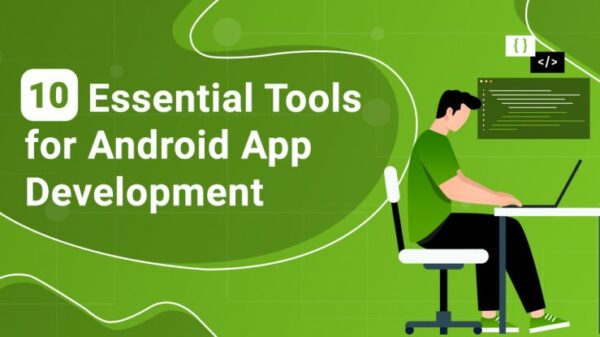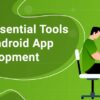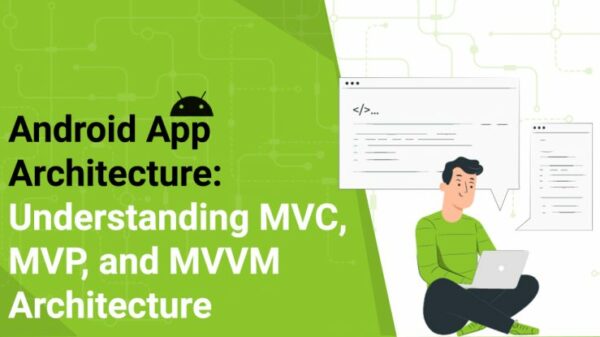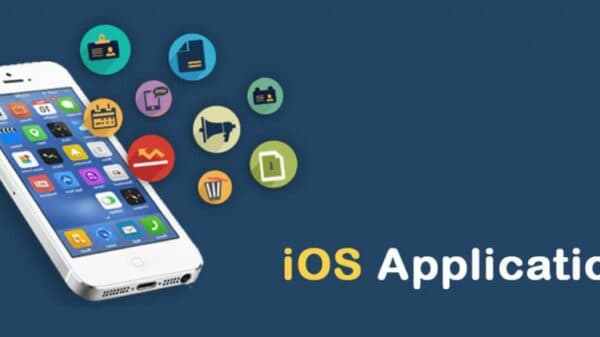Mobile phones are changing the way users interact with different businesses and brands. Most internet users access their internet from mobile devices only. As you know, Android is the most popular mobile operating system, and it currently holds more than 1 million downloads monthly.
Android holds a massive global market value and share lead over iOS, and since digital solutions continue to play vital roles in the coming years, the number could only increase. With new libraries and frameworks, app development for Android has become easier and the demand for mobile apps and their development is rapidly increasing.
If any Android app developer wants to go for advanced and optimized app development, seeking the help of libraries is a must for app success. Just use the simple steps involving Android libraries and you can build highly responsive apps with no bugs in the shortest amount of time. Android libraries will assist developers in creating apps faster by defining numerous components like debugging, UI elements, and more. We’ll discuss the top Android libraries to use for app development.
Picasso
Picasso is an open-source and powerful image-downloading and caching library for Android which is developed and maintained by Square. By using a 3rd party library like Picasso we will complete our task in a few lines of code. It allows for hassle-free image loading in your application and that too in one line of code. This library has lots of features like loading images from the web, cropping images, resizing images, and placeholders, and displaying error images.
Espresso
Google developed the Espresso framework to make the mobile automation testing process easier. It is a part of the Android testing support package and permits you to create automated UI tests. The performance of the Espresso library is simply best with inspecting app functions across real devices and emulators rigidly.
RxJava2
RxJava2 is one of the tops react programming libraries and offers observable sequences for implementing reactive programming successfully. It allows you to create asynchronous, event-based code. RxJava2 works wonders in chaining the asynchronous task and also managing the errors. Using this package style, you can run both versions (RxJava1 and RxJava2) at the same time.
Retrofit
Retrofit is a popular networking library for making HTTP requests on Android. Android developers can use Retrofit to make a network request and create type-safe REST clients that work amazingly well through mapping APIs within the client interface retrieving time-critical instructions from annotations.
ButterKnife
Butterknife is a low-weight library to inject views into Android components. It is greater efficient than traditional view binding. Boilerplate code is produced by ButterKnife using an annotation-based library for Android. ButterKnife can reduce the use of boilerplate codes and replaces them with auto-injection codes. ButterKnife is a must-have library widely used in Android development to improve readability and simplify the code.
Dagger2
We cannot complete the list without discussing Dagger here. Dagger2 is a fully static, compile-time powerful library for dependency injection in Android. It can be difficult to handle dependency injection while developing larger applications but Dagger will save you as it creates a dependency injection graph in compile-time via annotation processors.
Android libraries include image loading, drawing libraries, networking libraries, reactive libraries, dependency injector libraries, scanning libraries, view binding, testing libraries, and debugging libraries. Implementing these libraries, you can save a lot of time and effort that you spend on developing an Android app from scratch. Which library is the most suitable for you depends upon what requirements you are looking for in your application. You can contact Swayam Infotech and schedule a meeting for a detailed discussion to make out the best of these frameworks.
Matthew Brain, an experienced content writer, enjoys sharing his thoughts on various online delivery firms, eCommerce, on-demand business models, and so on. Furthermore, he has assisted numerous entrepreneurs by providing them with advice on Internet enterprises and their influence on the market.

























































































































































































